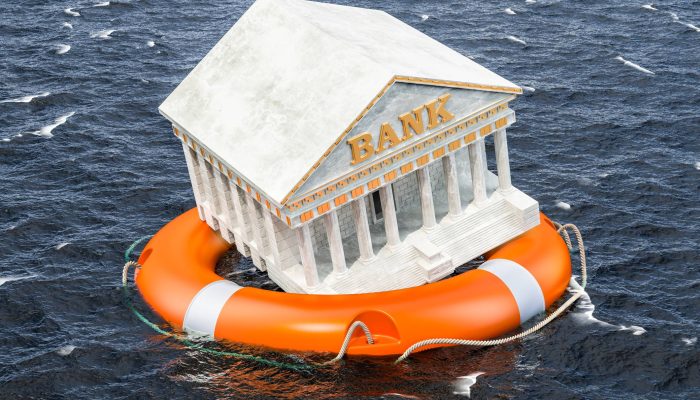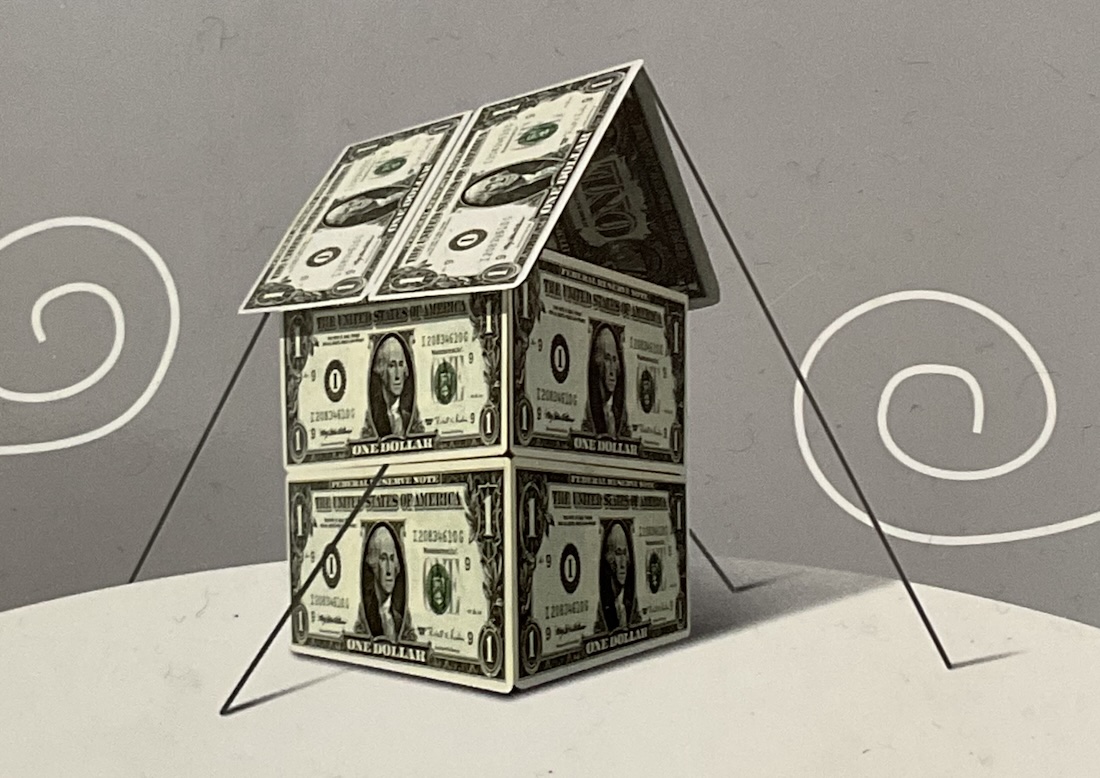US Banks On Life Support

Posted April 29, 2020
The new Macro Watch video shows that, without the unprecedented support that the government and the Fed are providing to the economy during the Coronavirus crisis, it is likely that all the major banks in the United States would go bankrupt.
It is easy to understand why. Banks are highly leveraged. The loans they have extended and the investments they have made are very much larger than their capital.
If the government were not supporting individuals and businesses, a very large percentage of those individuals and businesses would default on their bank loans. And, if the Fed were not buying trillions of dollars’ worth of financial assets and pumping credit into every corner of the financial markets, asset prices would crash and the banks’ investments would experience extraordinary losses.
If the Government and the Fed were not intervening on a multi-trillion-dollar scale, there would be a Great Depression in the United States. In a Great Depression scenario, the losses that the banks would incur on their loan books and on their investment portfolios would quickly exceed their capital, at which point the banks would be bankrupt.
The government and the Fed must continue to support the economy to prevent a new Great Depression. As long as they do, their actions should continue to keep the banks from failing. However, if the government and the Fed don’t act aggressively enough, the United States could suffer a systemic collapse of the financial sector. Should that occur, a new Great Depression would be unavoidable.
Therefore, the government and the Fed must continue to support the economy and, thereby, the banks. However, the public needs to understand and bank CEOs must be made to acknowledge that the banks are on government life support and that they owe their survival to government intervention.
Consequently, the banks should be required to stop wasting their capital buying back their own shares and paying dividends. Moreover, they should be required to pay much higher tax rates in the future in order to help the government recover some of the trillions of dollars it will have to spend to keep the economy and the banks from collapsing.
In This Video:
This video begins by taking a quick look at the size of the government’s support for the economy and the Fed’s support for the financial markets. It then considers the bleak outlook for the economy and employment.
Next, it looks at the amount of capital held by one large US bank. From there, the video examines that bank’s loan portfolio and investment portfolio, in order to gauge how much money that bank might lose if the government and the Fed were not supplying so much support to the economy. It is easy to see that the losses would, in all probability, greatly exceed that bank’s capital, in that scenario. The same would be true for all the other major US banks, as well.
For all the details, Macro Watch subscribers can log in and watch this video now. It is 20-minutes long with 39 slides that can be downloaded.
If you have not yet subscribed to Macro Watch and would like to, click on the following link:
For a 50% subscription discount hit the “Sign Up Now” tab and, when prompted, use the coupon code: support
You will find more than 50 hours of Macro Watch videos available to watch immediately. A new video will be added approximately every two weeks.
Please share this blog with your colleagues and friends.


Richard, this was another very informative video. I believe you are correct in pointing out the need for the emergency actions by the government and the Fed. I wrote to my Senator asking her to approach the President to try to convince him that this type of action was needed before there was talk of it in Washington. However, it would be good if you were to point out that what you show is along the lines of “worse case scenario”. At the end of last year, there may not have been anyone projecting that the economy would be in such dire shape in April. Likewise, it would also be difficult to properly project what the outcome would look like if the government did not take some of these actions. We need to remember that this is a self-inflicted economic crisis; self-inflicted in order to save lives. As we are now seeing in the U.S., when the economic toll starts to become too great, the demand to open up the economy begins to rise. Admittedly, this would come at the cost of lives, a trade-off of economics vs. health that is not likely to bode well. But at some point that trade-off would need to happen. I looked for information on the economic impact of the 1918 influenza virus, and found a brief paper by Thomas Garrett. I believe it proves interesting reading, but is scant in considering scenarios for future pandemics.